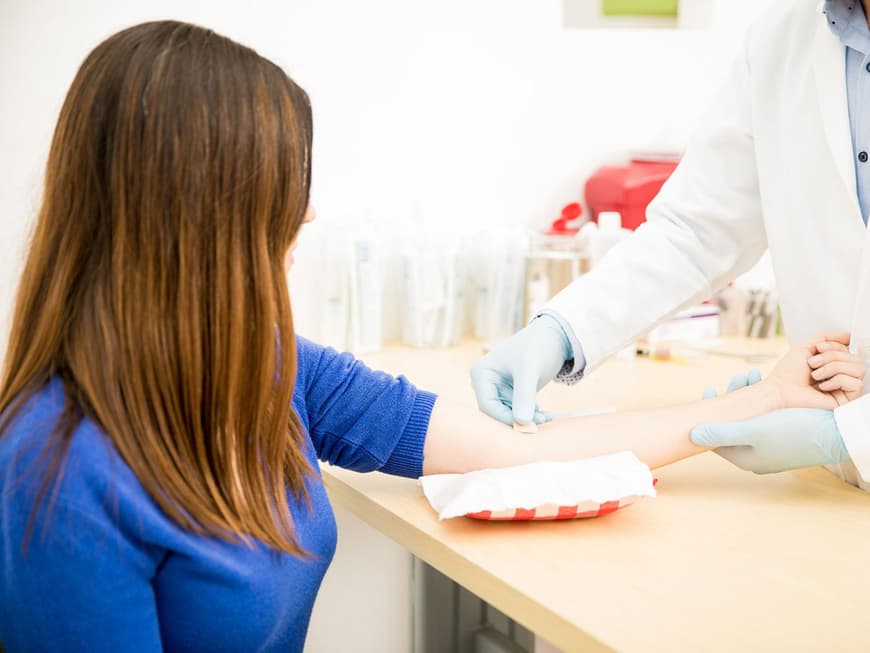
Consistent effect
Strong painkillers are among the classic medicinal patches. Also available: hormone patches for the treatment of menopausal symptoms, contraception, motion sickness, nicotine addiction, Parkinson's disease or dementia.
The medicine is usually placed directly under the peel-off film. When it comes into contact with the skin, the medicine passes through the skin layers into the bloodstream.
The body benefits
Unlike ointments or tablets, the patches do not release the medicine once, but over a longer period of time and in even quantities. This ensures a slow but continuous effect. They are only removed after several days.
The advantage of the patches is obvious: they are a relief for anyone who has to take tablets regularly but simply forgets to take them. They are also easy on the stomach and liver, as the active ingredient is not broken down in the organs.
Note the application
Under no circumstances should the patches be cut or exposed to excessive heat, as this can alter the dosage of the active ingredient. Carefully remove the protective film and do not touch the adhesive layer with your fingers. The skin should be clean, dry and hairless. You can shower and bathe while wearing it.
